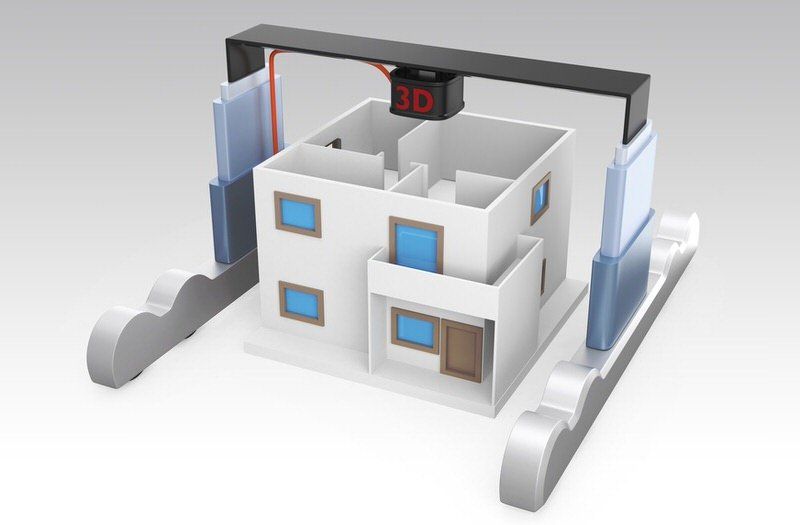Printing Imagination (and Homes!)
A child’s imagination is certainly something to behold. From pillow forts that double as outlying starbases, to walks in the forest that double as adventures travelling up and over the world’s tallest peaks, this gift that children possess- that of finding joy (not to mention awe and wonder) in the everyday is truly a thing of beauty. And, for a vast number of today’s children, one such imaginative outlet continues to be that of the lego brick; and why not?! These colourful shapes can turn the dullest of afternoons into an amateur engineer’s dream; vast worlds waiting to be created out of the simplest of shapes and forms.
On the other side of this creative coin (the adult side) sits the classic printer. From dot matrix, to inkjet, to laser, this technology has proved to be a complete game changer. The printer’s functions are incredibly useful, matched in practicality only by it’s complete and utter lack of “sleekness” and “sex appeal”. The printer is a boring machine. What it does is boring, its appearance (a gray box) is boring, and what it represents: endless cubicles, not unlike those in the cult classic film, Office Space , is boring; spitting out its’ “T.P.S reports”, until that fateful moment when the world is put on hold by some sort of “PC letter load” issue, or, worse yet, the dreaded paper jam.
But…
What if this incredibly useful (albeit, horribly yawn inducing) printer technology could somehow tap into the aforementioned imagination station that is the Lego brick? What if technological innovation could catch up to this childlike sense of awe and wonder? What if we could do things with the printer that would cause our young selves to flip with excitement; adult sized lego for the real world kinda stuff? Well, welcome to 2016.
The advent of 3D printing is well over a decade removed from us now (in fact, the first patent application for what would become this sort of techno advancement was filed way back in 1980 ). However, what was once considered very high on the novelty scale is proving, in the 21st century, to be a legitimate option for various industrial, construction (and humanitarian) projects moving forward, one of which is printing houses.
Yes, you read that correctly, printing houses; either by printing large pieces to be assembled like lego bricks, or by printing the whole thing at once; solid state.
Now, aside from the fact that this is an incredible feat of modern technology and innovation, let’s take a moment to ponder (some of) the potential benefits of printer technology as it relates to building our future homes, storefronts and office buildings:
Sustainable Housing/Materials
Of the groups doing this sort of research and design, there are a number who have developed, or are in the midst of developing large scale printers designed to fabricate homes out of the most basic of materials; everything from concrete, to clay, to, well…dirt. The italian based engineering company WASP, arguably the best example (currently) of this sector of the market, is betting on this technology and it’s ability to change the way we, as an interconnected global network, house the nations.
In a time when an ever increasing segment of society believes that proper housing should be a right and not a privilege, and in a world where variables such as human conflict and nature’s fury can wipe out established neighbourhoods in the blink of an eye, technology’s ability to speedily erect living spaces out of (literally) mounds of dirt is exciting, to say the least.
Cost
Aside from the cost of building and transporting these large printers (which, at this point is substantial), the cost of building the home is limited: fewer labourers, fewer supplies to be shipped and stored, and the use of local, sustainable materials could lead to significant savings.
Design Intricacies
Current construction/design engineering will soon be limited when compared to future computer based applications which are, as of this writing, being developed and tested. This is the power of technology at work. This is exciting.
Caveat
Now, it should be noted, at this point, that this field is still in its infancy. So there remains much to learn, and much to be done. Additionally, there are naysayers who remain firm in their position that, “this sort of fantasy will never become a reality”. To this we say, “it may be hard to be optimistic, to open up your imagination as you once did; but please try…just this once, for the rest of us.” Printing houses. Seriously cool stuff.
Share
Sign up to to our newsletter to hear weekly updates on market news, timely buyer/seller tips, and up to date rates






